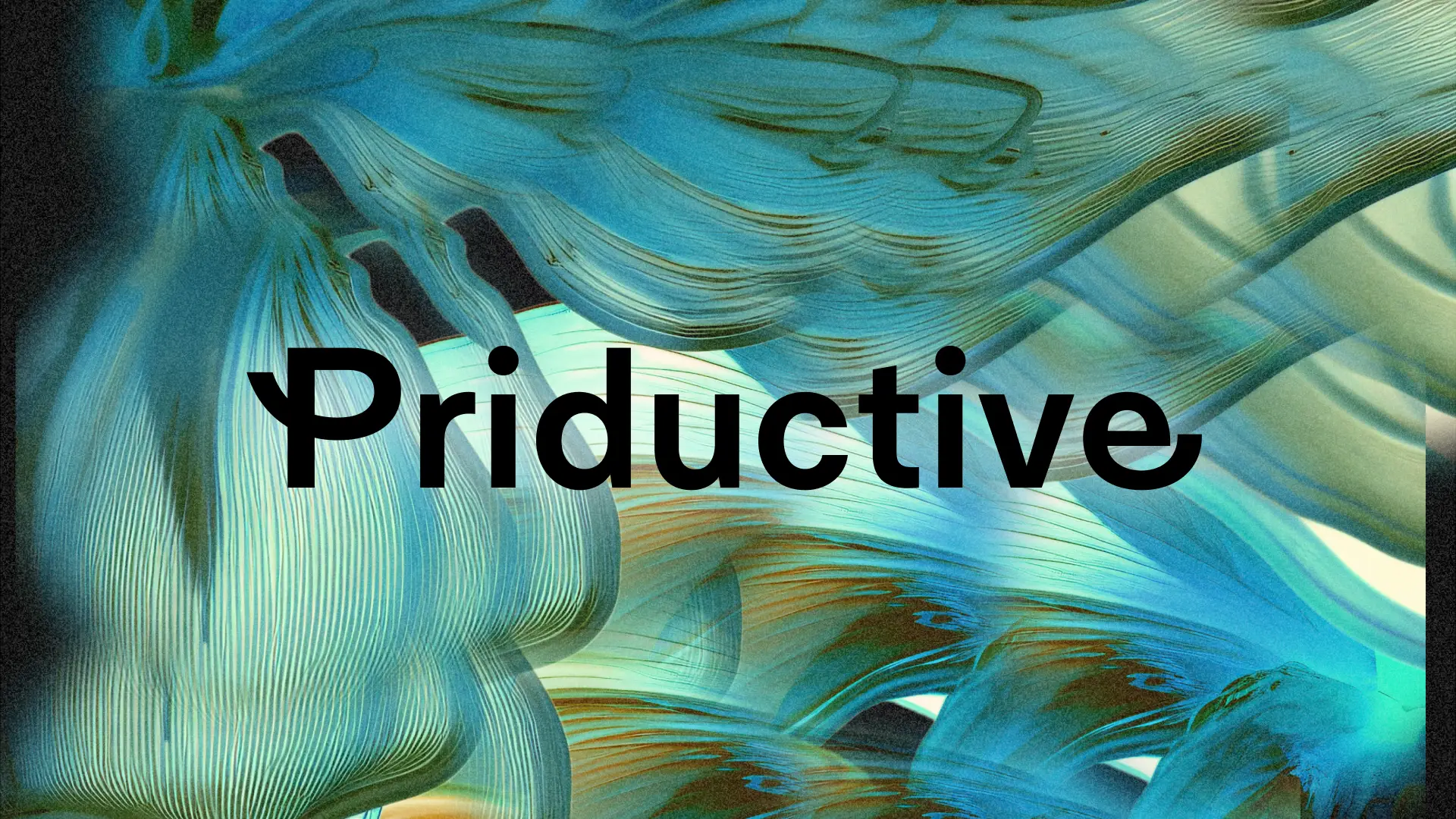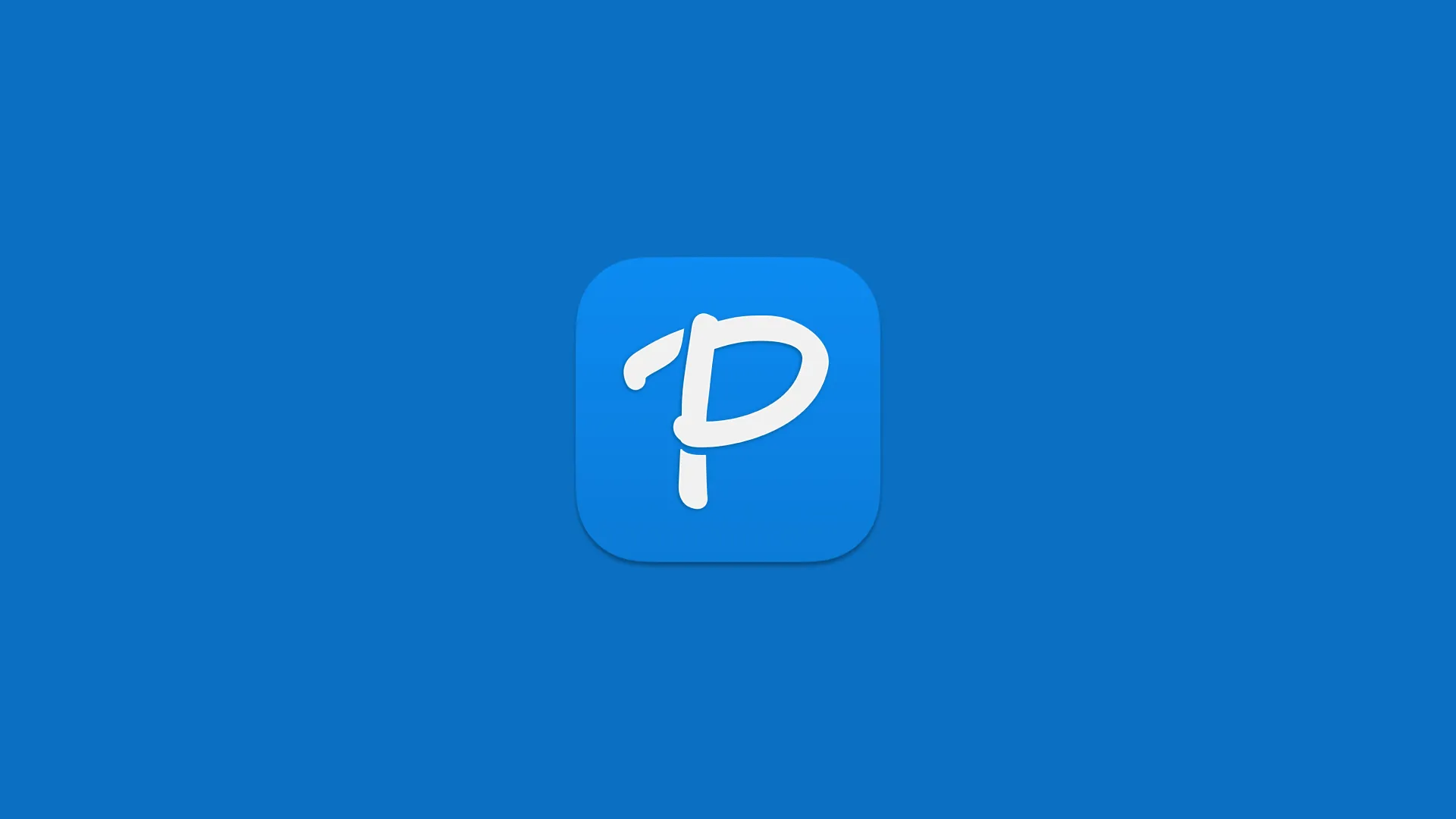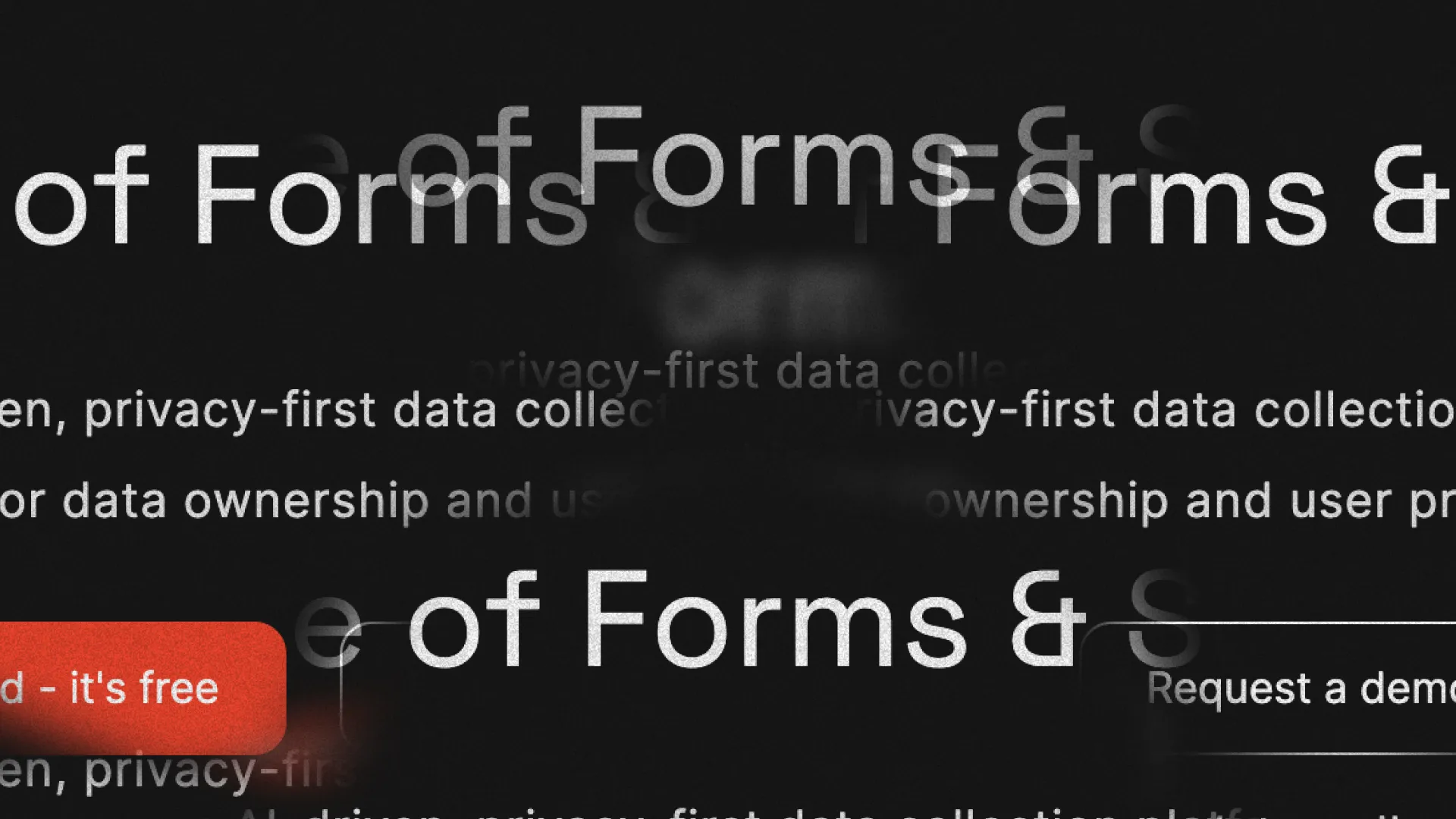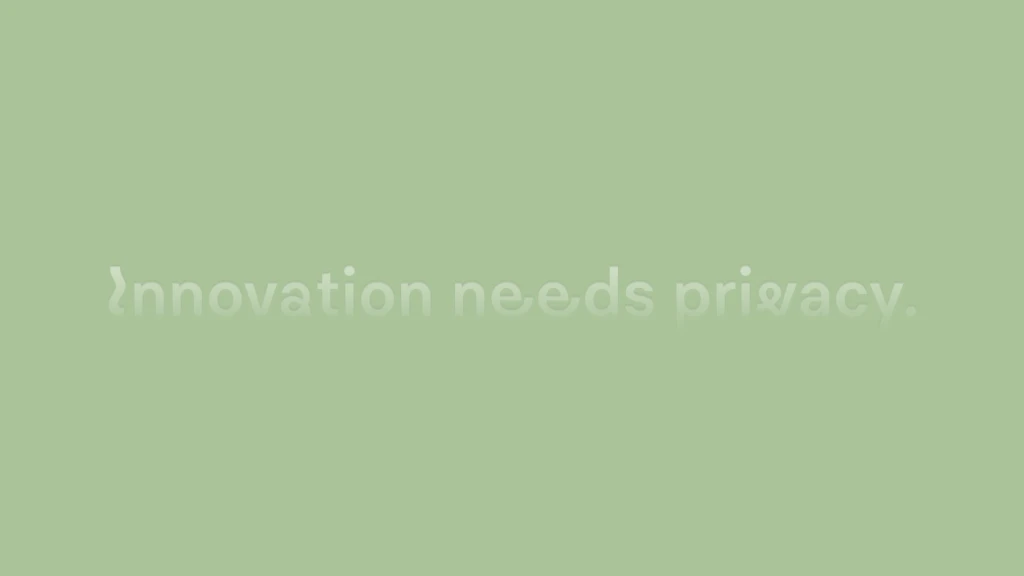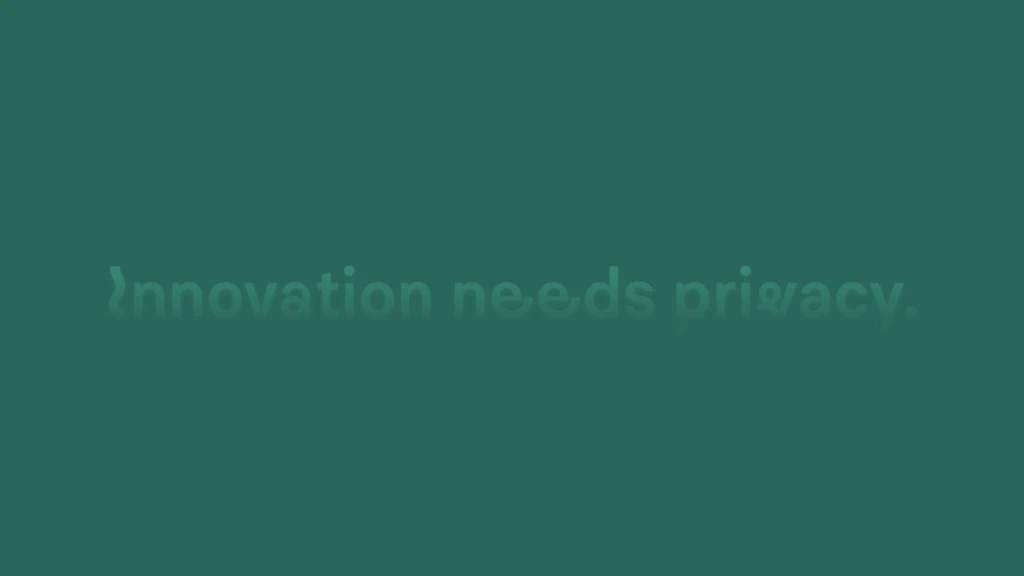Priductve
The directory packed with privacy-focused, end-to-end encrypted, and open-source productivity apps, providing alternatives to big tech offerings.
2022 – Today
·
Design, Curation, Growth
Summary
Priductive is a directory that features privacy-focused, end-to-end encrypted, and open source productivity apps. After building an MVP with Softr and an Airtable database, the current site is built with Publii, which gave me the possibility to extend the site with a blog to create another place on the internet to publish my writing, in that case with a focus on privacy-focused apps.
Intro
I have been a privacy advocate for quite some time. Within my newsletter Creativerly, I regularly share, highlight, and write about privacy-focused, open-source, or end-to-end encrypted apps and tools. Privacy is a fundamental human right, and it is essential for individuals to have control over their personal data. With the proliferation of technology, data privacy has become an increasingly pressing issue, and individuals have a right to know how their data is collected, used, and shared.
Many apps out there collect data beyond their main functions. There is no reason for note-taking, project management, task management, or any other productivity tool to access your notes, projects, tasks, and other personal information.
I often wondered why people opt for big tech companies like Google and Microsoft over the more privacy-focused and secure open-source, end-to-end encrypted apps. I came to the conclusion that most people do so due to their familiarity with the services, in addition to convenience. Setting up a Gmail account, composing a Google Doc and sharing it, as well as searching for something on Google are all straightforward and require minimal effort. Furthermore, Google is often integrated with other services, increasing its convenience even more. Additionally, Google has almost a monopoly with apps like Chrome being the default browser on many devices and Google Search being the default search engine in many alternative browsers.
There are many tools that take user privacy and data seriously, are open source, and/or use end-to-end encryption. To increase the visibility of these hidden gems, I created a directory website to showcase them. The result is Priductive.
Stack
As with most of my side-projects, there is a certain urge to learn something, acquire new skills, and explore new tools and services while working on it. Priductive is a great example for that. I kept a personal database full of privacy-focused productivity apps within Airtable for years. Therefore, as I decided to make that database public, I was on the hunt for tools that would allow me to use Airtable as a backend. Briefly into my research, I stumbled across Softr, a no-code tool that allows users to turn spreadsheets and databases into client portals, internal tools, community hubs, and more, and ... it supports Airtable. Setting up Softr took just a couple of minutes. Thanks to its building blocks, I was able to build an MVP showcasing my Airtable database packed with open-source, privacy-focused, and end-to-end encrypted on a website, structured nicely with categories, in a searchable directory.
The website gained some first traction as traffic increased and I received numerous submissions from visitors regarding additional tools that would be a fit for the directory. Throughout a couple of months, I only casually worked on Priductive. The site received some constant traffic, and since I received inquiries from folks asking me for advice on specific apps and privacy-focused alternatives, I had the idea of extending the directory website with a blog. At that time, it was not possible to create a blog with Softr. So, I got back into research to find out what kind of tools there are to quickly build a directory website with the possibility of setting up a blog too.
Obviously, I could have invested the time and built a highly-polished website with either Framer or Webflow, however, as I focused on other projects too, I wanted to have a quick and easy way to create the new Priductive website. Additionally, by choosing Framer or Webflow, I would have had to consider a serious monthly investment for the website too. Since Priductive was (and still is) a simple passion project not bringing in any income, I wanted to keep costs as low as possible.
As I still owned a webspace at All-Inkl* (from previous iterations of my personal website), I looked into static site generators, and the option to self-host them. Now, my programming knowledge is limited, so similar to the option of choosing Framer or Webflow, learning the ins and outs of a static site generator would have been too big of a time investment at that point. Luckily, I stumbled across Publii, a static site CMS built into an app (available for macOS, Windows, and Linux) to create safe, privacy-friendly websites quickly and easily. As I dug deeper, Publii sounded almost too good to be true, the perfect fit for Priductive.
Publii offers a user-friendly interface for non-devs, it makes publishing content very easy and hassle-free, it comes with all the tools you need to protect your visitor's privacy, it is free, and the setup is straightforward. After reading through the lovely guides and documentation, I was able to set up and deploy Priductive's new website to Netlify. Because of Netlify's generous Starter Plan, I am now hosting Priductive for free. The only additional investment I took was buying a theme for Publii. I was again lucky there, since Publii offers a directory theme. Lovely. Sure, when using such a theme you have to lower one's sights, especially as a designer with limited programming skills and knowledge. Nevertheless, I was still able to make some slight adjustments with CSS and the inspect tool of my browser.
Maintaining Priductive with Publii is super easy, and I really enjoy the experience. I am able to add new apps to the directory with ease, and I get the chance to publish new blog posts with just a few clicks.
Visuals
The field of open-source and privacy-focused software has an interesting dynamic, as historically there has been a gap when it comes to the user interface and the overall visual identity of open-source software compared to proprietary software. However, this is gradually changing, and an increasing number of open-source and privacy-focused software projects are heavily investing in design.
With Priductive's wordmark, I wanted to create a fun character to break up the technical, bland, musty aspects often associated with open-source and privacy-focused software. For the wordmark I used Gestures by Moniker, a sans serif typeface that comes in four weights and with a stylistic alternate set for each letter. Since the stylistic alternates with their scribble lines overrule readability, I did not want to overuse them, and therefore decided to only use the capital 'P', as well as the ending 'e' in their stylistic alternates. This immediately created the fun and playful character I was after. Side-note: if you have some time, make sure to check out Gestures mini site, as it is fun to play around with.
When it comes to the colors used in the visuals, my goal was to create an optimistic, safe, calming, and clean environment, which is the reason why I have chosen shades of green as colors to be used in visuals to promote Priductive.
What's next
It was fun building and setting up Priductive. With the extension of the blog I now have yet another place where I can publish my writing and thanks to Publii it feels super streamlined. Whenever I stumble across a new app that fits the directory, I add a task to Things with a link, so I can quickly add it to the site once I am back in front of my computer.
I am planning to continuously maintain Priductive, which means adding new apps, publishing new blog posts, and growing the site in general. As of writing this, my running costs for Priductive are really low, as I can still leverage Netlify's Starter Plan. Once I am reaching its limits, I will re-evaluate the state of the project, and then decide whether I am going to build a new site for it with Framer – to meet my design standards – or not.
For now, I am happily building and maintaining Priductive in its current state.
